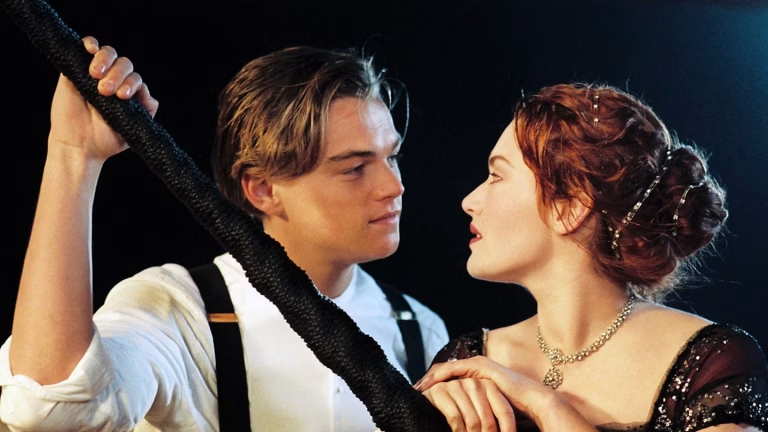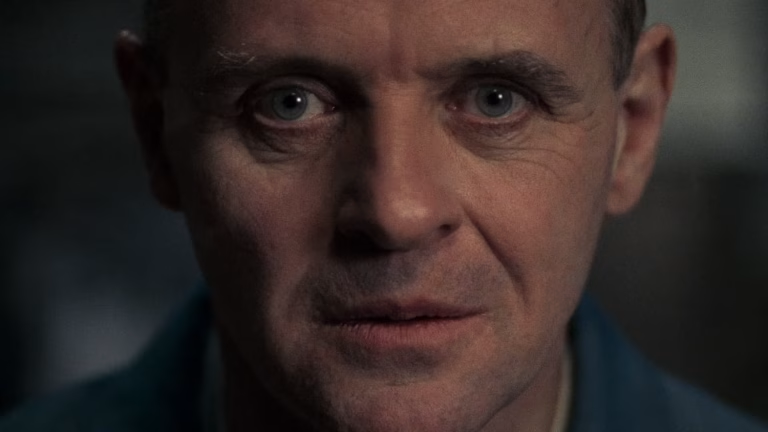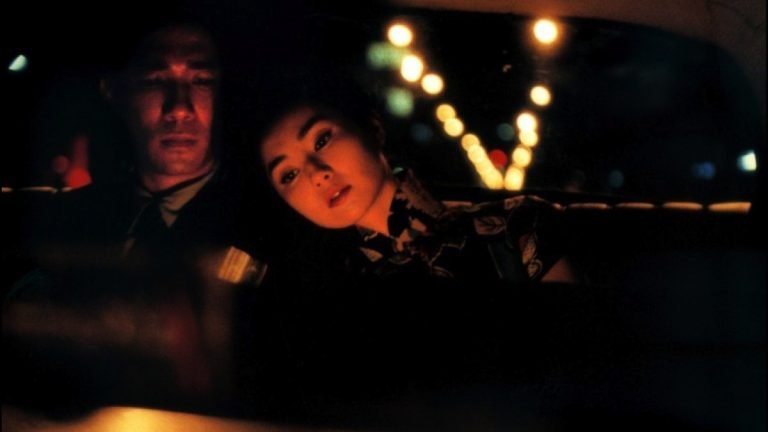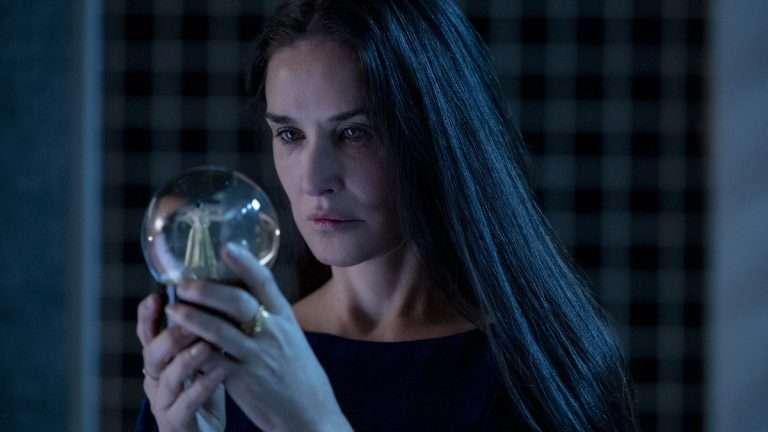Netflix’s sci-fi blockbuster ‘The Electric State’ has taken the streaming world by storm. Directed by the Russo Brothers and starring Millie Bobby Brown and Chris Pratt, the film presents a dystopian America filled with abandoned battle drones and remnants of a failed robotic revolution. While the movie has sparked discussions for its ambitious visual effects and massive budget, several surprising facts about its production, themes, and reception have left audiences stunned. Here’s a deeper look at some of the most shocking facts behind The Electric State.
1. A Record-Breaking Budget
One of the most shocking facts that bamboozled people is that Netflix reportedly spent a staggering $320 million on The Electric State, making it one of the most expensive films ever made. This budget surpasses even Avengers: Endgame (which the Russo Brothers also directed) and is on par with major theatrical blockbusters. The hefty price tag was largely due to the film’s extensive CGI, including the design of the post-apocalyptic world and the robotic characters. Despite this massive investment, the film has received mixed reviews, with some critics questioning whether the budget was justified.
2. A Bizarre Product Placement
In an unusual twist, The Electric State features Mr. Peanut, the mascot of Planters Peanuts, as a revolutionary leader in the film’s dystopian society. This product placement stands out as one of the most unexpected in recent film history. Typically associated with lighthearted commercials and family-friendly branding, Mr. Peanut’s reimagining as a symbol of rebellion has left viewers both amused and confused. This odd choice has sparked debates on whether the placement enhances or distracts from the movie’s grim atmosphere.
3. Divergence from the Source Material
Fans of Simon Stålenhag’s original graphic novel may be surprised to see how much the movie strays from its source material. The novel is known for its atmospheric, melancholic storytelling, focusing on quiet moments and deep emotional undertones. However, the Russo Brothers opted for a more action-heavy approach, adding new characters and expanding the plot beyond the book’s original vision. This shift has led to mixed reactions, with some fans appreciating the spectacle while others feel it loses the essence of Stålenhag’s world.
4. Audience vs. Critic Reception
Despite the star-studded cast and high budget, The Electric State has received divisive reviews. Critics have been largely unimpressed, citing weak storytelling and an over-reliance on CGI. However, general audiences seem to have embraced the film more positively, particularly enjoying its visual effects and emotional moments between the lead characters. This split reaction reflects a growing trend where blockbuster films struggle with critical approval but still find success with streaming audiences.
5. Behind-the-Scenes Robot Design
Another fun fact that sparked audience discussions is the impressive robot designs featured in The Electric State. The production team reportedly designed 175 different robot models, though only a fraction made it to the final cut. The goal was to create a wide variety of robots, ranging from massive battle machines to small, personal companion bots like Cosmo. The filmmakers sought inspiration from real-world robotics and classic sci-fi films to ensure the designs felt both futuristic and grounded.
6. A Potential Video Game Adaptation
Given the film’s expansive world-building, many critics and fans have argued that The Electric State would have worked better as a video game rather than a movie. With its open-world setting, deep lore, and robotic companions, the story could have thrived in an interactive format where players could explore the dystopian landscape at their own pace. While no official video game adaptation has been announced, the film’s structure and visual style lend themselves well to a game-like experience.
7. A Nod to Tales from the Loop
The film has drawn comparisons to Amazon Prime’s Tales from the Loop, another adaptation of Simon Stålenhag’s work. While both projects share a similar aesthetic—blending retro-futuristic technology with emotional storytelling—Tales from the Loop took a more philosophical and contemplative approach. In contrast, The Electric State leans into fast-paced action and spectacle. Fans of Stålenhag’s universe have debated which adaptation better captures the essence of his art.
8. A Prequel Video Game in Development
Although The Electric State itself has not been turned into a video game, a prequel game titled The Electric State: Kid Cosmo is currently in development. This game will explore the backstory of Cosmo, the robot companion, and provide deeper insight into the world before the events of the movie. This interactive experience may help expand the lore and offer fans a new way to engage with the story.








